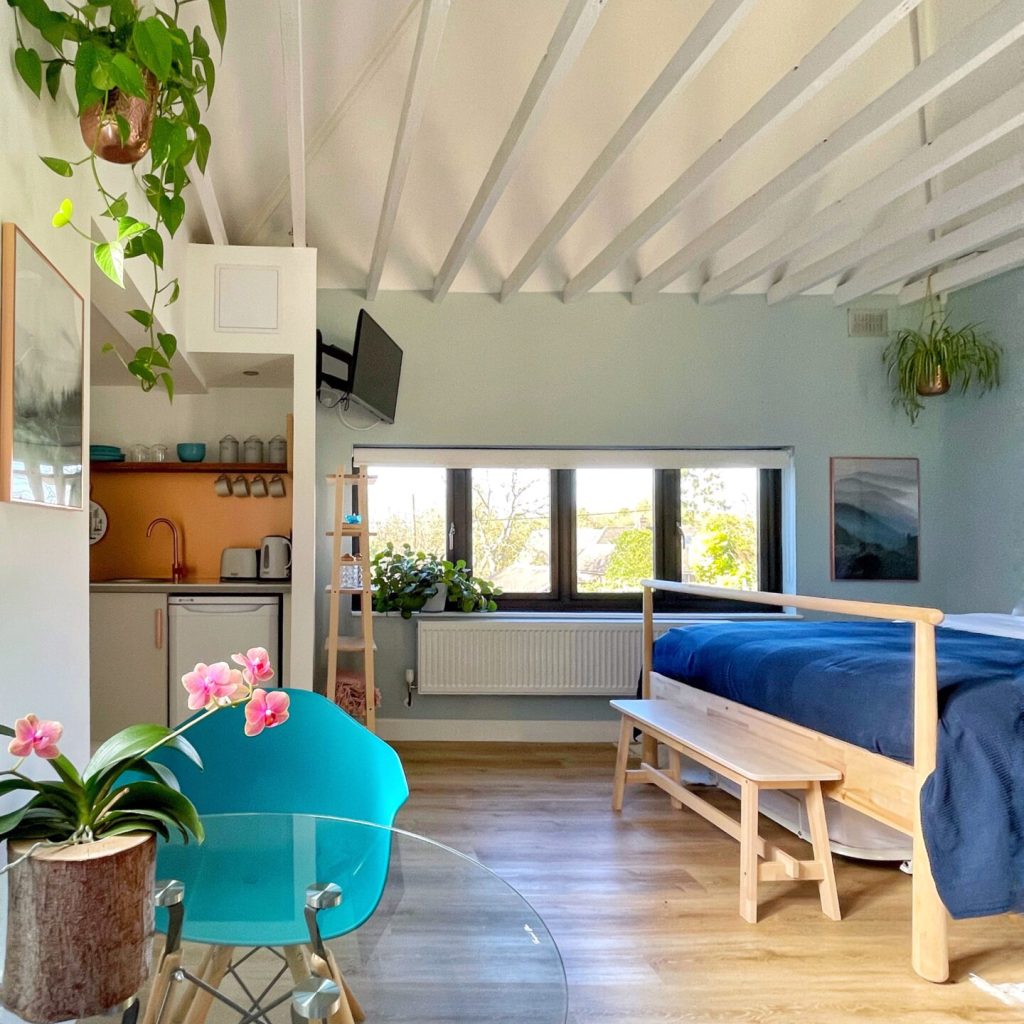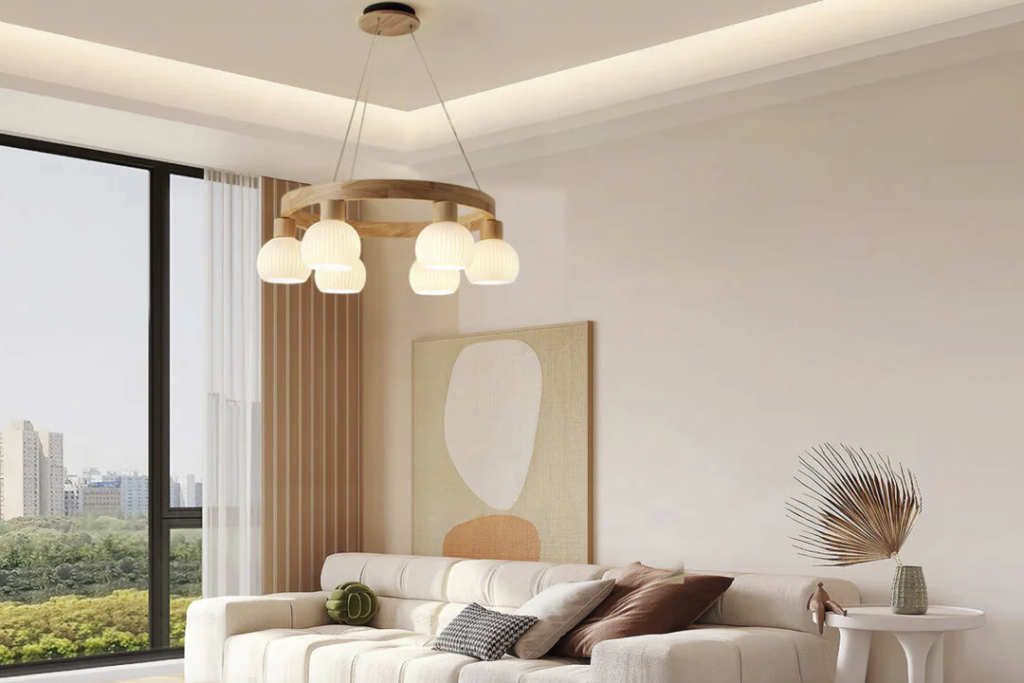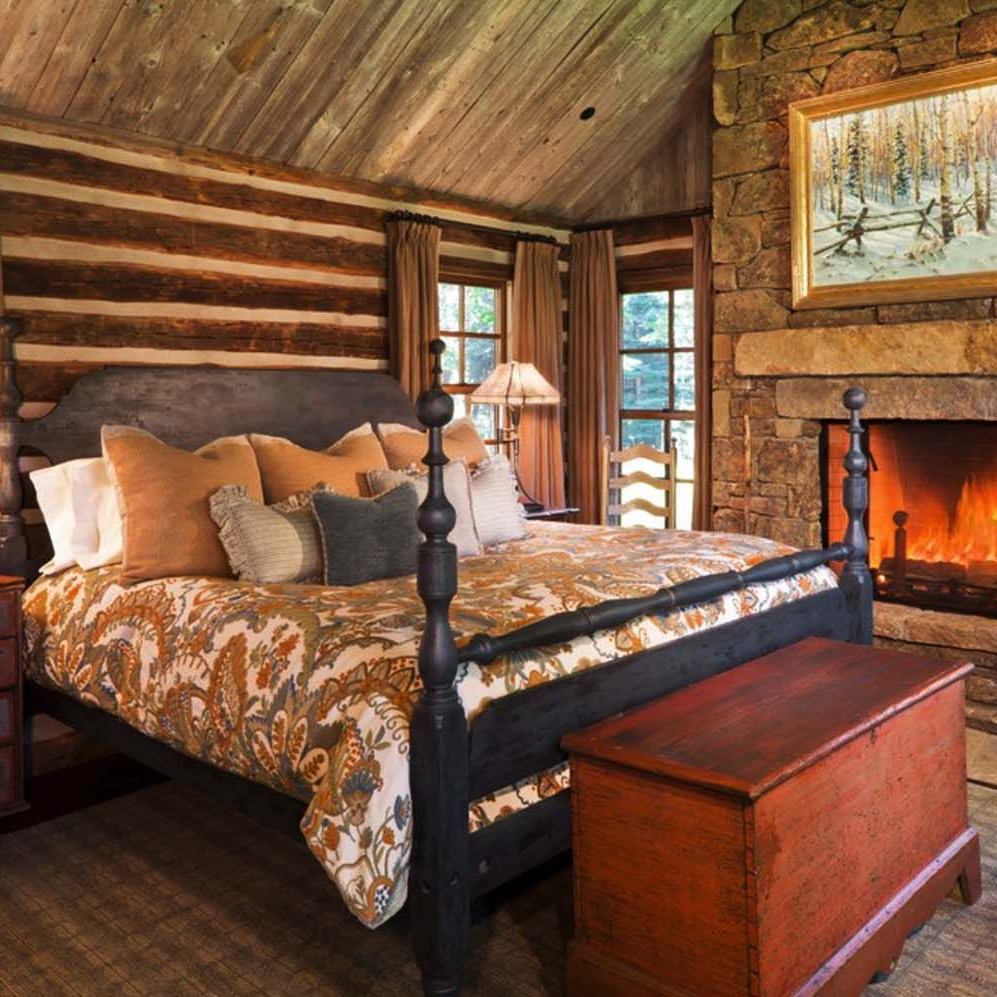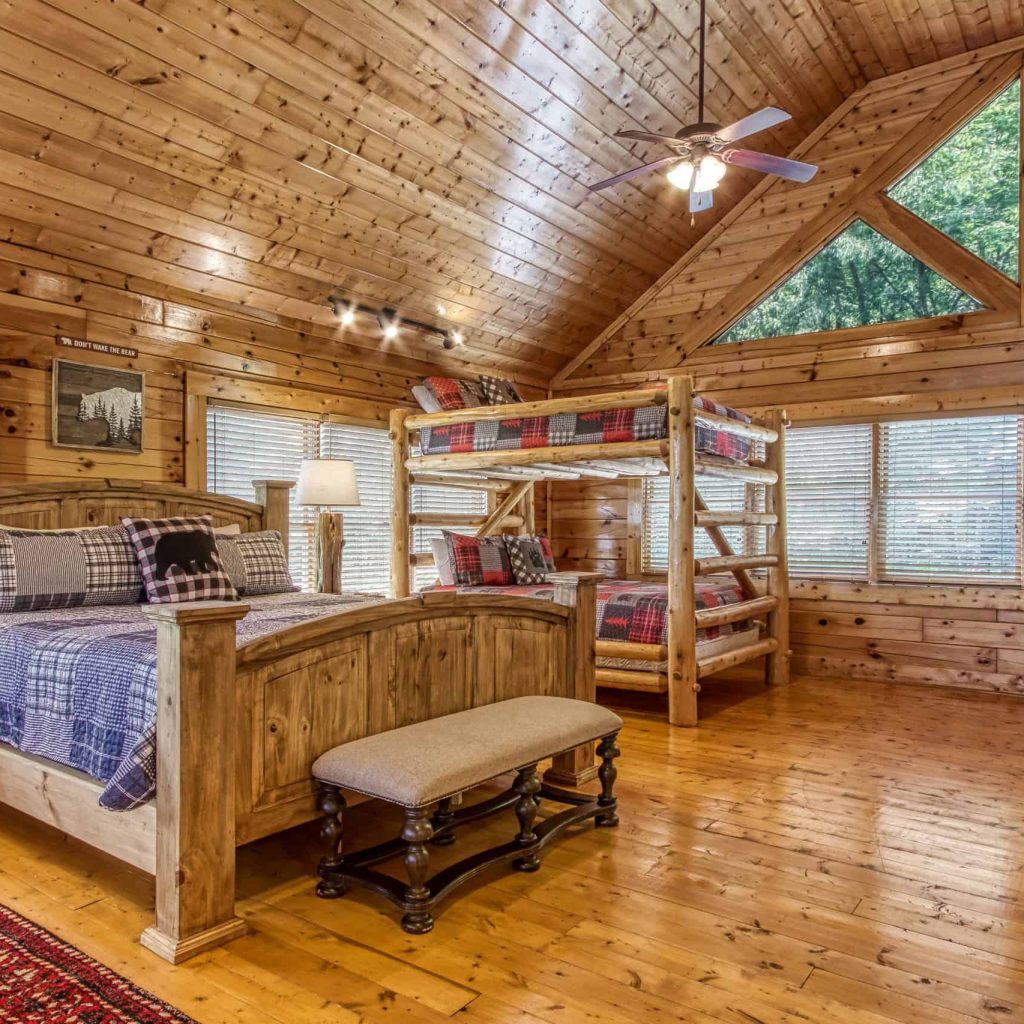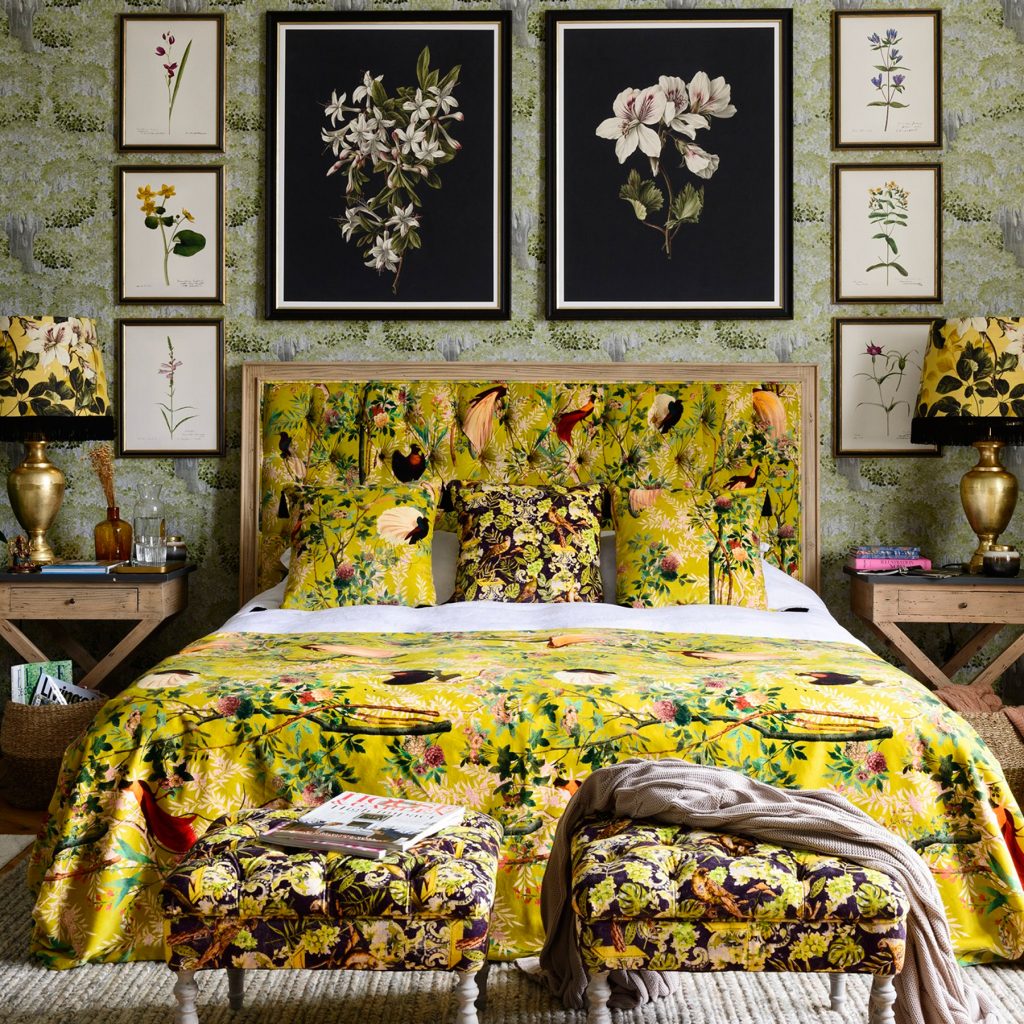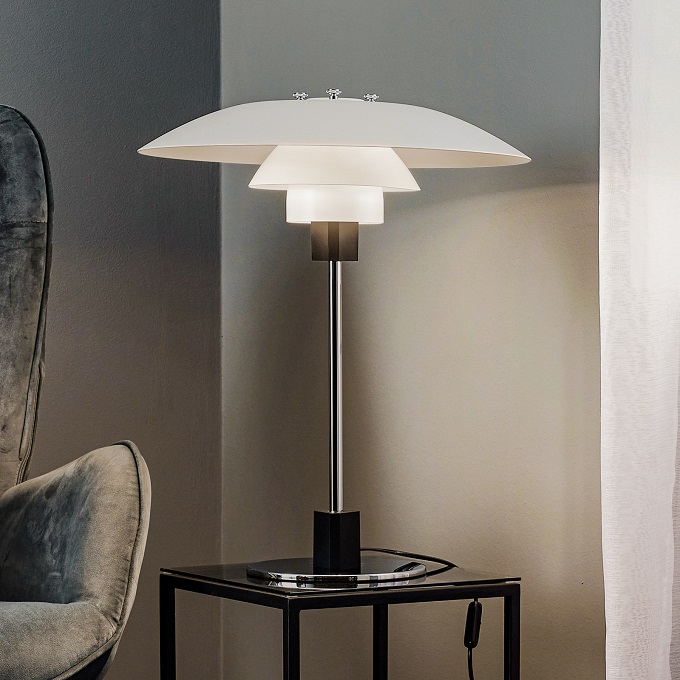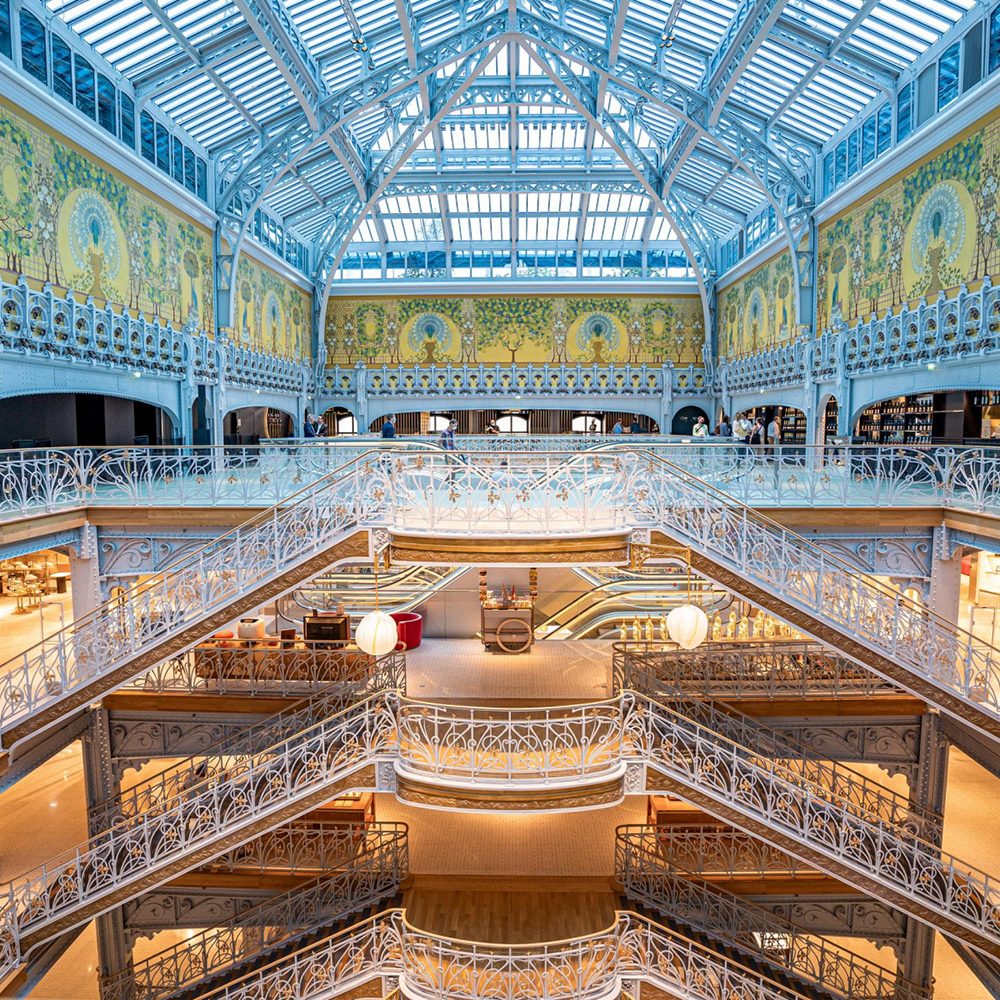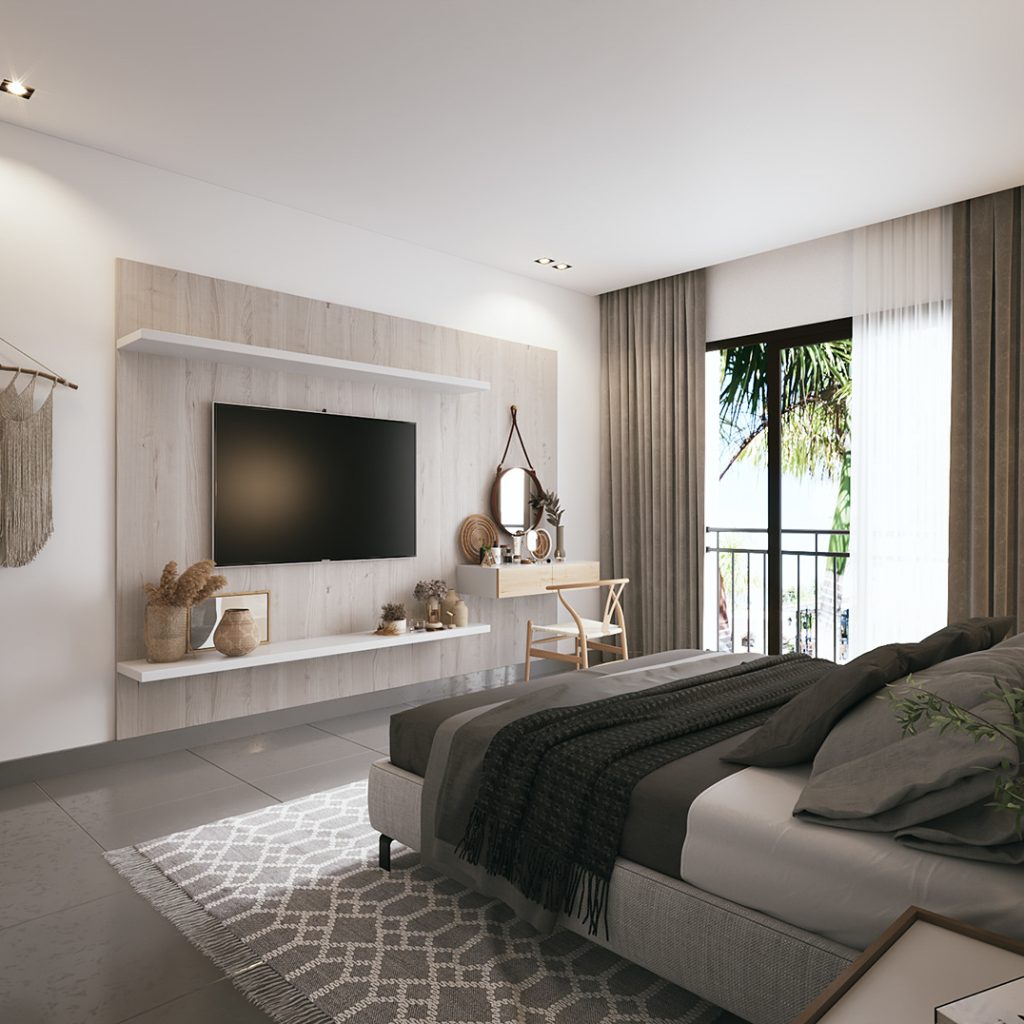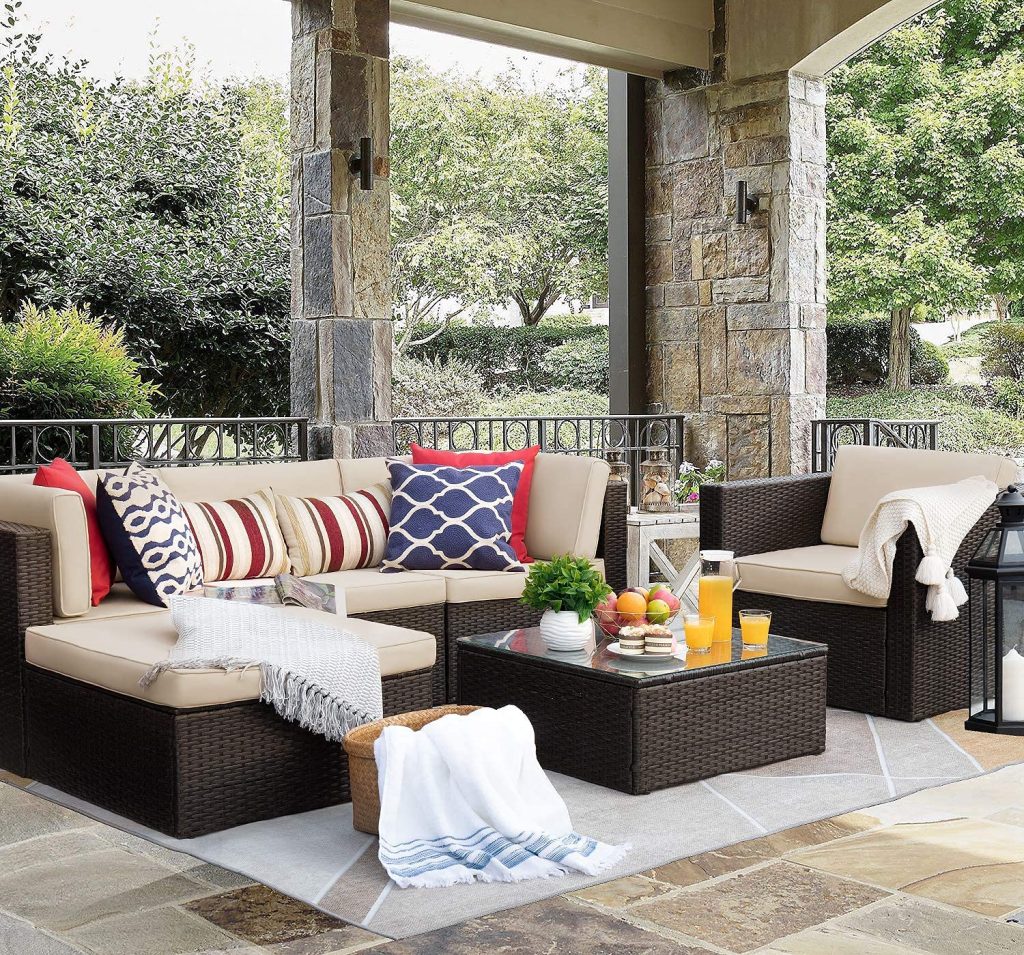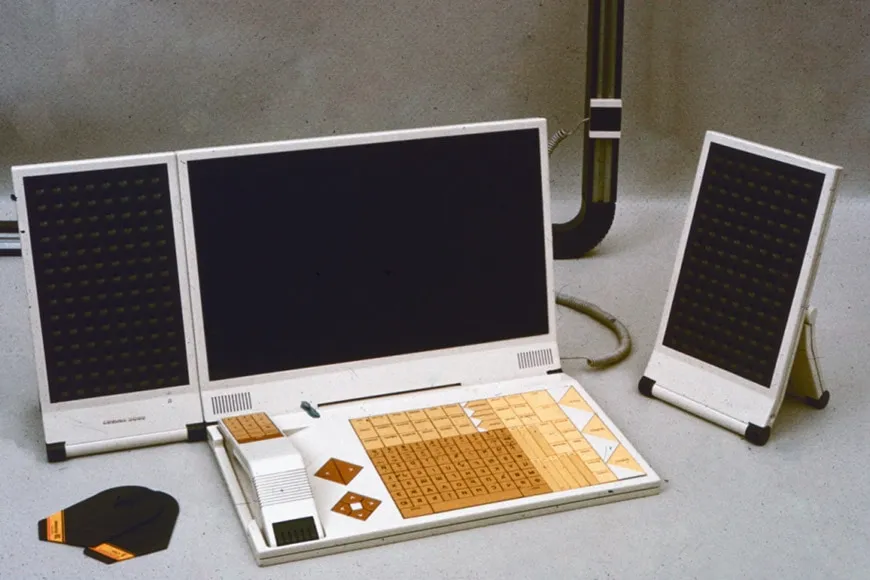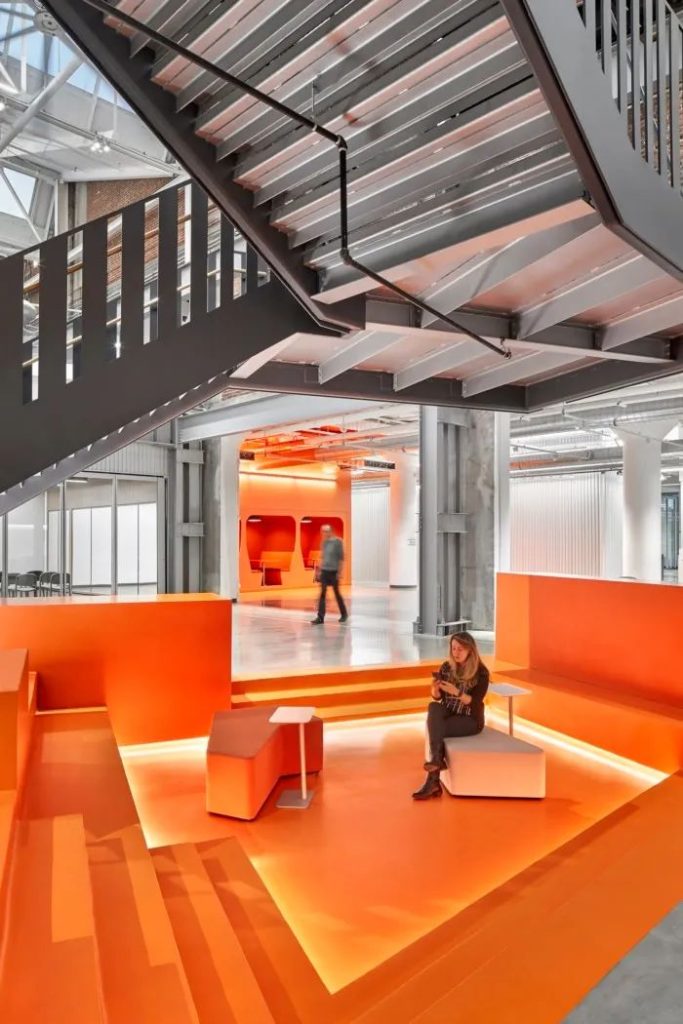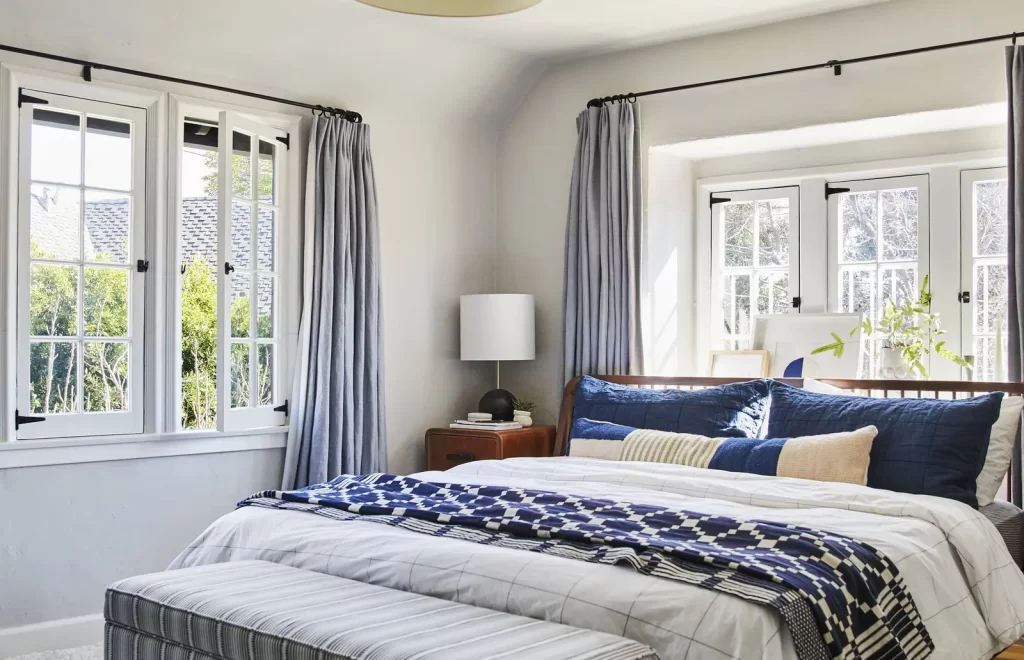Interior lighting plays a pivotal role in shaping the ambiance and functionality of a space. It is not merely a practical necessity; rather, it is an essential element that influences mood, productivity, and even the perception of space. Proper lighting can transform a room from a dull, lifeless area into a vibrant, inviting environment.
For instance, warm lighting can create a cozy atmosphere in a living room, making it an ideal setting for relaxation and social gatherings. Conversely, bright, cool lighting can enhance focus and concentration in a home office, promoting productivity and efficiency. Moreover, the strategic use of lighting can highlight architectural features and artwork, drawing attention to the unique aspects of a room.
Accent lighting can be employed to illuminate a piece of art or a decorative wall, creating visual interest and depth. Additionally, the right lighting can make spaces appear larger or more intimate, depending on the desired effect. For example, using soft, diffused light in smaller rooms can create an illusion of spaciousness, while focused lighting in larger areas can help define different zones within an open floor plan.
Thus, understanding the importance of interior lighting Idmhome is crucial for anyone looking to enhance their living or working environment.
Types of Interior Lamps
Here is the rewritten text with 3-4 **Choosing the Right Interior Lamp for Your Space**
When it comes to interior lamps, there are numerous options available, each catering to distinct purposes and aesthetic preferences.
**Table Lamps: Versatility and Style**
Table lamps are among the most common types found in homes. They provide localized lighting and can be easily moved to different locations as needed. Available in various styles—from minimalist designs to ornate vintage pieces—table lamps can complement any decor while offering functional illumination for reading or working.
**Floor Lamps: Ambient Lighting for Larger Spaces**
Floor lamps are another popular choice, often used to provide ambient light in larger spaces. These lamps come in various heights and designs, allowing them to fit seamlessly into different corners of a room or serve as statement pieces in their own right. For instance, a sleek arc floor lamp can add a modern touch to a contemporary living room, while a rustic tripod lamp might enhance the charm of a farmhouse-style interior.
**Pendant Lights and Chandeliers: Overhead Lighting Options**
Additionally, pendant lights and chandeliers are excellent options for overhead lighting, providing both illumination and style. These fixtures can serve as focal points in dining areas or entryways, showcasing intricate designs that draw the eye upward.
Choosing the Right Lamp for Your Space
Selecting the appropriate lamp for a specific area involves considering several factors, including the size of the room, the existing decor, and the intended use of the space. For smaller rooms or areas with low ceilings, it is advisable to opt for lamps that do not overwhelm the space. A compact table lamp with a simple design can provide adequate lighting without making the room feel cramped.
In contrast, larger rooms may benefit from multiple light sources, such as a combination of floor lamps and table lamps, to create layers of light that enhance the overall ambiance. Another critical aspect to consider is the color temperature of the light bulb used in the lamp. Warm white bulbs (around 2700K) create a cozy atmosphere suitable for living rooms and bedrooms, while cooler white bulbs (around 4000K) are ideal for workspaces where clarity and focus are paramount.
Additionally, dimmable lamps offer versatility by allowing users to adjust brightness levels according to their needs. This feature is particularly beneficial in multi-functional spaces where different activities may require varying levels of illumination.
Incorporating Lamps into Your Interior Design
Incorporating lamps into interior design requires a thoughtful approach that harmonizes functionality with aesthetics. One effective strategy is to consider the overall theme or style of the room when selecting lamps. For instance, in a mid-century modern space characterized by clean lines and organic shapes, choosing lamps with geometric designs and warm wood finishes can enhance the cohesive look.
On the other hand, in a bohemian-inspired room filled with eclectic decor, colorful and textured lamps can add character and vibrancy. Placement is equally important when integrating lamps into your design scheme. A well-placed floor lamp beside a reading chair can create an inviting nook for relaxation, while strategically positioned table lamps on nightstands can provide essential lighting for bedtime reading.
Additionally, using lamps to define different areas within an open-concept space can help delineate functions without the need for physical barriers. For example, placing a stylish lamp on a console table near an entryway can create a welcoming atmosphere while also serving as practical lighting for guests.
Creative Ways to Use Lamps as Decorative Pieces
Lamps can transcend their functional role and become striking decorative elements within your home. One creative approach is to use unique or vintage lamps as statement pieces that reflect personal style and taste. A bold-colored lamp with an unusual shape can serve as an eye-catching focal point on a side table or shelf.
Similarly, incorporating sculptural lamps that double as art pieces can elevate the overall aesthetic of a room while providing illumination. Another innovative way to utilize lamps decoratively is by mixing and matching different styles within a single space. For instance, pairing an antique brass lamp with contemporary furniture can create an intriguing contrast that adds depth to the design.
Additionally, layering various types of lighting—such as combining table lamps with wall sconces—can create visual interest and enhance the overall ambiance of a room. By thinking outside the box and experimenting with different lamp styles and placements, homeowners can achieve a unique look that reflects their personality.
Maintenance and Care for Interior Lamps
Here is the rewritten text with 3-4 **Maintaining Your Interior Lamp: Tips for Long-Term Functionality and Aesthetics**
**Dusting and Cleaning: The First Step in Lamp Maintenance**
Proper maintenance and care are essential for ensuring that interior lamps remain functional and visually appealing over time. Regular dusting is crucial to prevent buildup on lamp surfaces and shades, which can diminish their brightness and overall appearance.
**Cleaning Methods for Different Shade Types**
Using a soft cloth or microfiber duster is recommended to avoid scratching delicate finishes or materials. For fabric shades, gentle vacuuming with an upholstery attachment can help remove dust without damaging the fabric.
**Bulb Replacement and Compatibility**
Checking and replacing light bulbs as needed is vital for maintaining optimal performance. Different types of bulbs have varying lifespans; for example, LED bulbs typically last much longer than incandescent ones. It’s also important to ensure that bulbs are compatible with the lamp’s wattage requirements to prevent overheating or damage.
**Safety Precautions and Professional Assistance**
If a lamp has intricate components or wiring issues, consulting a professional electrician for repairs is advisable to ensure safety and functionality.
Trends in Interior Lighting
The world of interior lighting is constantly evolving, with new trends emerging that reflect changing tastes and technological advancements. One notable trend is the increasing popularity of smart lighting solutions that allow homeowners to control their lamps remotely via smartphone apps or voice commands. These systems offer customizable settings for brightness and color temperature, enabling users to create tailored lighting experiences that suit their moods or activities.
Sustainable lighting options are also gaining traction as more individuals seek eco-friendly solutions for their homes. Energy-efficient LED bulbs are becoming standard due to their longevity and reduced energy consumption compared to traditional incandescent bulbs. Furthermore, many designers are now focusing on using sustainable materials in lamp construction, such as recycled metals or responsibly sourced wood.
This shift towards sustainability not only benefits the environment but also appeals to consumers who prioritize ethical choices in their home decor.
Budget-Friendly Options for Stylish Interior Lamps
Creating an aesthetically pleasing interior does not have to come at a high cost; there are numerous budget-friendly options available for stylish interior lamps. Thrift stores and flea markets often house hidden gems—unique vintage lamps that can be refurbished with minimal effort. A simple coat of paint or new shade can breathe new life into an old lamp while adding character to your space.
Online marketplaces also offer affordable options from various retailers specializing in budget-friendly home decor. Many brands provide stylish designs at accessible price points without compromising quality. Additionally, DIY projects can be an excellent way to create custom lamps tailored to personal taste while keeping costs low.
For example, repurposing materials like mason jars or wooden crates into lamp bases can result in one-of-a-kind pieces that reflect individual creativity and style. By exploring these diverse avenues for sourcing interior lamps, homeowners can achieve their desired aesthetic without breaking the bank while ensuring that their spaces remain well-lit and inviting.



